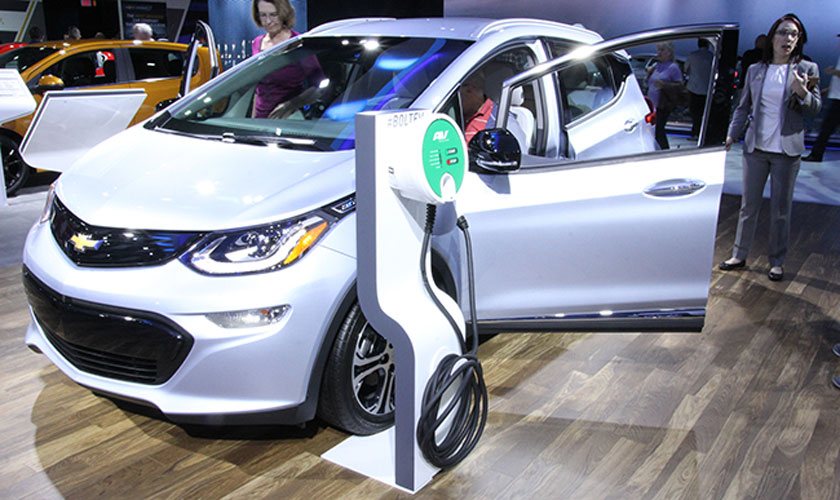It’s the kind of news EV fans like to hear. Sales for “plug-ins” are up almost 10% from last year. Tesla Model 3’s started to deliver and were responsible for 1,875 unit sales, followed by Toyota’s Prius Prime (1,496), Chevy’s Bolt (1,477) and Volt (713), as well as Tesla’s X model (700) and Model 5 (800). Volvo is a name we will soon start seeing selling more and more EVs as they transition into a 100% EV OEM. The XC-90 and the XC-60 PHEVs are running neck and neck at the outset of ‘18 and Volvo looks to be a serious player moving forward.
The shear beauty of buying a true plug-in means that you never have to buy gas, never, ever worry about gas prices or about enriching bad foreign governments. What you do have to worry about are vehicles with very limited range, which means if you live and work local, you should have no issue…but most of us don’t. We buy EVs because gas is too expensive and the economics of EVs are better than that of a conventional engine on many levels.
However, technology doesn’t wait until lifestyle catches up to it, it adapts to lifestyle and so we’re seeing EV range and charging speed increasing. For example, the Chevy Bolt has a range of up to 250 miles with optimum driving and climate conditions. Depending on how long you run the AC, how fast you drive, and how stiff the head winds are, your distance will vary. Technically, the Bolt has a 60 kWh battery. Range is based on miles per kWh. So given the size of the battery, if you’re able to achieve 4 miles per kWh – you’ll be able to drive the Bolt 240 miles.
If you’re driving in sub-zero temps you can expect to lose range in an EV by as much as 50% with the average being about 20-25%. Same goes for gas powered engines, you lose fuel efficiency as well, just not really as pronounced as in an EV.
Tesla is obsessed with having the best range of any true EV. The Tesla Model S has an official EPA range of 313 miles which makes it the range leader of all EVs. In fact, hypermiling exercises have shown that the Tesla S can actually range out over 600 miles if you go 24 mph under optimum driving conditions which would involve dropping the vehicle weight, driving in perfect weather on flat surfaces, so on and so forth.
The EV with the least range is the Nissan Leaf, the least expensive EV with a range of only 158 miles. If you live in LA with crazy traffic and long distances to cover and traffic jams, it’s not the EV of choice, if you live in Louisville, it just might be the perfect EV at the most affordable price.
Charging Times are a Major Consideration
Charging at home can take as long as 12 hours and as short as 4 hours with a 240 volt charging station. If you’re taking a road trip, 30 minutes at a fast charge station will get you an additional 90 miles of distance. The Prius Prime and Chevy Volt aren’t full-time EVs but will give you from 25 to 58 miles of “electric only” power and charge via regenerative braking so charging times aren’t a real consideration. But let’s not spend too much time on part-timers.
The bottom line, is that you need to charge a vehicle overnight or at a charging station at, or near your work. The US currently has slightly over 16,000 charging stations. Find one before you buy one (EV)!


